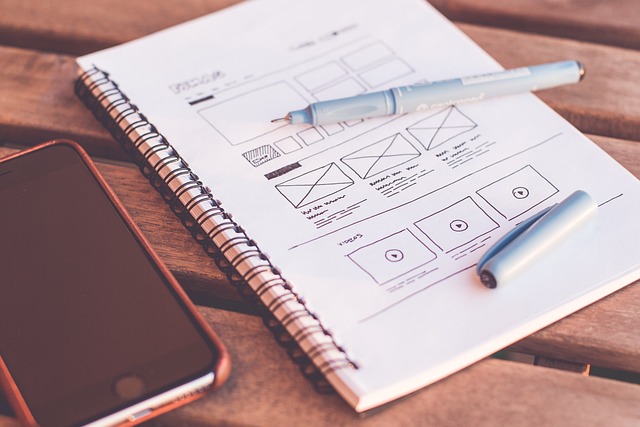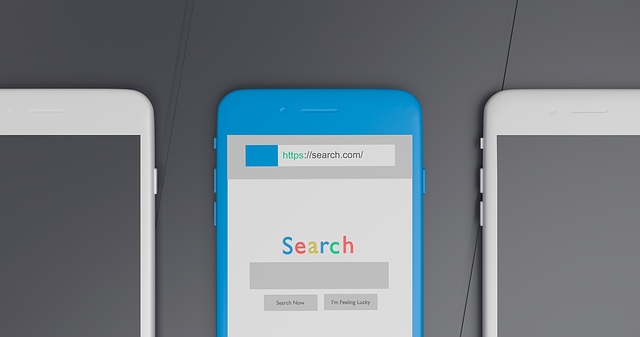Custom web design creates unique digital experiences by combining aesthetics, functionality, and user engagement. This process involves understanding user behavior, cutting-edge design, and robust development practices through collaboration between designers, developers, and stakeholders. The result is a standout website that enhances user satisfaction, strengthens brand connections, and improves business objectives, leading to higher retention and conversion rates. Custom UI/UX designs cater to individual needs, ensuring intuitive navigation and personalized solutions for increased efficiency and satisfaction.
Custom web design is a powerful tool for businesses seeking to create unique and engaging online experiences. This article delves into the intricacies of crafting bespoke UI/UX designs, exploring their significance in today’s digital landscape. We’ll guide you through the process from initial requirements gathering to iterative testing, highlighting key elements like usability, visual design, and responsive behavior. Tools and technologies powering custom web design will be mapped out, followed by a look at success evaluation and future trends, ensuring businesses stay ahead of the curve.
Understanding Custom Web Design: The Basics

Custom web design is a specialized approach to creating unique digital experiences tailored to individual business needs. It involves going beyond standard templates and pre-built themes to craft an entirely original interface that aligns perfectly with brand identity and user expectations. By prioritizing functionality, aesthetics, and user engagement, custom designers build websites that not only look stunning but also deliver exceptional performance.
This process demands a deep understanding of user behavior, cutting-edge design principles, and robust development practices. It requires collaboration between designers, developers, and stakeholders to define requirements, create wireframes, select suitable technologies, and implement dynamic features. The end result is a website that stands out in the digital landscape, offering users a seamless, personalized journey while achieving business objectives.
– Definition and significance in today's digital landscape

Custom web design is a transformative process that plays a pivotal role in shaping the digital experience for users. In today’s competitive digital landscape, where websites serve as virtual storefronts and communication hubs, custom UI/UX design has become an indispensable tool for businesses aiming to stand out. It involves crafting user interfaces (UIs) and user experiences (UXs) tailored to specific brands, products, or services, ensuring a unique and engaging online presence.
By deviating from generic templates, custom web design captures the essence of a brand, translating its identity into intuitive and visually appealing digital experiences. This approach not only enhances user satisfaction but also fosters stronger brand connections. With careful consideration of user needs, behaviors, and preferences, designers can create interfaces that simplify complex tasks, provide seamless navigation, and deliver content in ways that resonate with target audiences. The result is a competitive edge, increased user retention, and improved conversion rates, solidifying the significance of custom UI/UX design in the digital realm.
– Differentiating from standard design templates

Custom web design stands out from standard templates by offering a unique and tailored experience for users. While pre-made templates provide quick solutions, they often lack the personalized touch that resonates with modern audiences. Custom UI/UX design, on the other hand, allows businesses to create interfaces that align perfectly with their brand identity, target audience, and specific goals.
By eschewing generic designs, custom web design captures the essence of a company’s vision, fostering a deeper connection with users. It involves meticulous planning, user research, and iterative testing to ensure an intuitive, accessible, and visually appealing experience. This approach not only enhances user engagement but also contributes to better conversion rates and increased customer satisfaction, setting businesses apart in a crowded digital landscape.
– Benefits for businesses and users

Custom web design offers a multitude of benefits for both businesses and users. For businesses, a tailored UI/UX design can significantly enhance user engagement, boost conversion rates, and establish a unique brand identity. By understanding user behavior and preferences, custom designers create interfaces that not only captivate but also guide visitors through the digital experience, encouraging desired actions such as purchases or sign-ups.
Users benefit from increased efficiency and satisfaction. Custom web designs cater to individual needs, ensuring intuitive navigation and seamless interactions. This personalized approach translates into a more enjoyable user experience, fostering loyalty and word-of-mouth recommendations. Ultimately, businesses thrive with higher customer retention and expanded market reach, while users enjoy streamlined access to tailored digital solutions.
The Process of Creating a Custom UI/UX Design

Creating a custom web design involves several strategic steps. It starts with understanding the project’s goals and target audience, requiring close collaboration between designers, developers, and stakeholders. This initial phase is crucial for defining the scope, functionality, and overall user experience.
Once the foundation is laid, designers craft wireframes and prototypes to visualize the site’s structure and navigation. These tools enable clients to provide feedback, ensuring the design aligns with their vision. Following approval, the development team translates the design into a functional website, implementing the aesthetic and interactive elements outlined in the custom UI/UX plan.
– Gathering requirements and understanding user needs

Custom web design starts with a deep understanding of your users’ needs and goals. Gathering requirements is not just about collecting features and functionalities; it’s about digging into the user journey, their pain points, and aspirations. Effective communication with stakeholders, conducting user research, and analyzing existing data are vital steps in this process.
By empathizing with your target audience, you can design digital experiences that resonate with them emotionally and functionally. This means tailoring the interface to suit their preferences, skills, and tasks, ensuring a seamless and enjoyable interaction. It’s about creating more than just a pretty website; it’s crafting solutions that drive user engagement and achieve business objectives.
